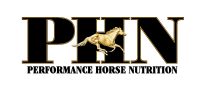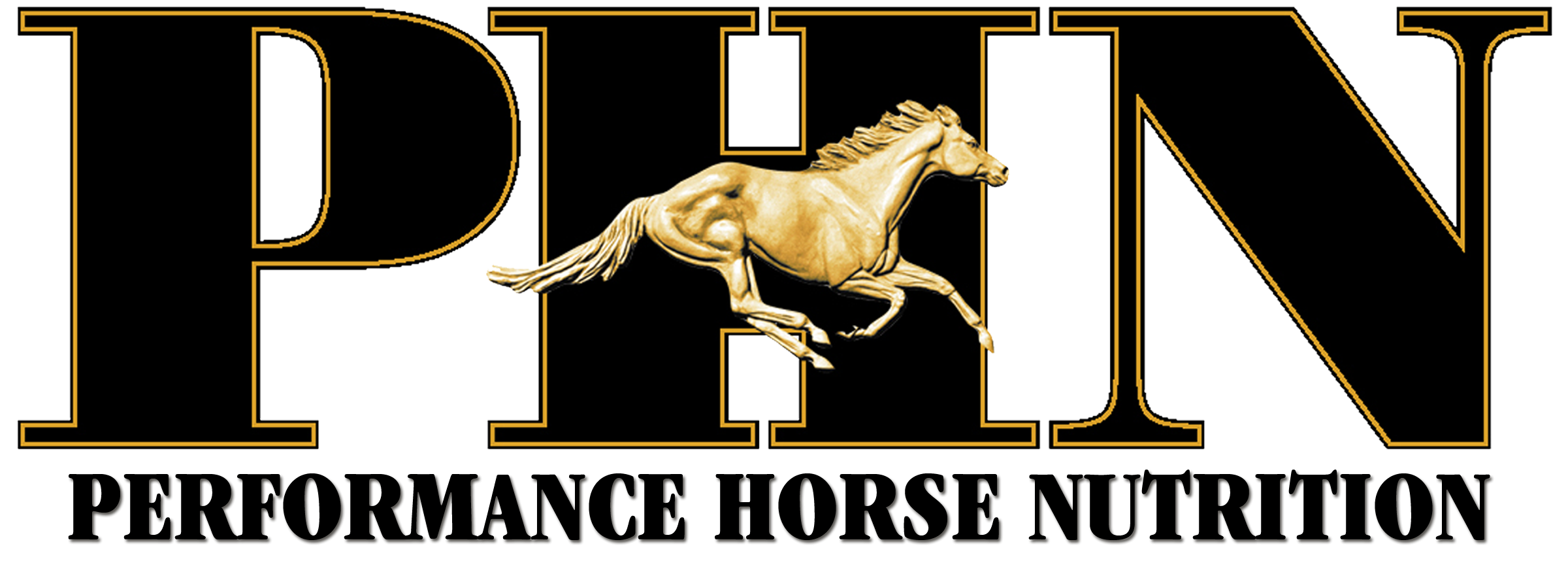CORRECT HORSE FEED STORAGE
2021

Written by Performance Horse Nutrition
Most horse owners spend countless hours choosing the right feed for their horses but don’t give the storage of that feed the same consideration. Often it is stored in an open bag in the corner of a feed room.
Correctly storing your horse’s feed can help prevent the following:
• Growth of mold on the feed
• Insect infestation
• Nutritional degradation
• Attracting rats/mice and other pests to your barn
• Transmission of diseases to your horse
One of the most apparent reasons to keep your horse’s feed stored properly is to prevent the growth of mold. Mold and other organisms that grow on feed can make your horse sick. Mold can cause skin allergies and inflammation, as well as respiratory problems. Mycotoxins are harmful compounds produced by molds, these toxins can cause a wide range of clinical signs in horses, including respiratory, gastrointestinal, neurologic, and reproductive problems, even death.
Preventing insect infestations is also important, as they decrease the nutritive value of feeds and not many horses will eat feed that has insects on it. Though mold and insect are good reasons to evaluate your horse feed storage methods, one of the best reasons is the prevention of diseases that can be transmitted to your horse by rodents of other animals. A number of diseases such as Equine Protozoal Myoencephalytis (EPM) can be spread through the urine and/or fecal matter of animals (oppossums in the case of EPM). Rodents can also shed salmonella in urine and feces.
There are other environmental conditions that affect the shelf life of feed including the humidity and temperature of the storage area and exposure to air. High temperatures can speed natural degradation of feed, especially when there is also high humidity. Degradation includes growth of mold and bacteria as well as oxidation that results in loss of vitamins and causes rancidity of fats. The most important factor affecting feeds is humidity. At a relative humidity in excess of 70%, degradation of nutrients will occur even at temperatures as low as 40° F.
Feed bags stored on pallets are less susceptible to moisture damage than those stacked on the ground or on concrete. Grain in a sealed bag should last longer than that in an open bag. Once the bag has been opened, it is imperative to use the feed quickly because exposure to air will increase the opportunity for development of molds, oxidation, and insect infestation. Open bags can be stored in containers or emptied into bins to protect the feed, it should still be used within 10-14 days. Unopened bags kept under proper conditions can be stored and fed within 30 to 60 days.
Feeds with a lower moisture content (those without molasses or high fat contents) may have a longer shelf life than those with higher moisture content especially in hot humid conditions. Textured feeds typically have a higher moisture content than pellets.
Susceptibility of high-fat feeds to rancidity is reduced by the use of preservatives. By the time humans can detect rancidity in a feed through smell (acrid instead of sweet), horses will surely have sensed it because they are more sensitive to spoilage. They may have already refused the feed.
Storage containers
Storage containers such as garbage cans with tight-fitting lids can help keep grain safe from elements and rodents. Plastic containers are preferable to metal ones because they are less likely to produce condensation. If warm air comes in contact with cold metal, moisture will form, this moisture could produce mold.
It is also very important to make sure new feed is not dumped on top of older feed. Empty any leftover feed in the bottom of the storage container. Make sure there is no clumps or build up in the bottom of the storage bin (especially in bins with square corners) as these will be more likely to mold and contaminate the rest of the feed.
Reading Manufacture codes on feed tags?
Each feed bag will have a tag sewn on it that has a date indicating when it was manufactured. (Some manufacturers also stamp the date directly on the bottom of the bag, for example 051217 would mean May 12th, 2017.) Knowing when the feed was manufactured will help you ensure you are feeding the freshest feed to your horse.

